Cameroon is a country in Central Africa.
The official name of the country is the Republic of Cameroon.
It is bordered by Nigeria and the Atlantic Ocean to the west, Chad to the northeast, the Central African Republic to the east, and Equatorial Guinea, Gabon, and the Republic of the Congo to the
south.
Cameroon has two official languages: English and French.
As of 1 January 2017, the population of Cameroon was estimated to be 24,229,247 people.
It is the 53rd largest country in the world in terms of land area with 475,442 square kilometers (183,569 square miles).
Yaoundé is the capital of Cameroon. It is the second largest city in the country after the port city Douala. The city lies in the Centre Region of the nation at an elevation of about 750 meters (2,500 feet) above sea level.
The country is often referred to as “Africa in miniature” for its geological and cultural diversity.
The terrain of Cameroon is diverse, with coastal plain in southwest, dissected plateau in center, mountains in west, plains in north.
Mount Cameroon is an active volcano and the highest point of Cameroon, with an altitude of 4,040 meters (13,255 feet). It is also the highest point in sub-Saharan western and central Africa, the fourth most prominent peak in Africa and the 31st most prominent in the world.
Cameroon has 402 kilometers (250 miles) of coastline.
Cameroon beaches are some of the best beaches in Africa. Although the beaches in Cameroon are not fully developed to meet their full potentials, the beaches are however great and attract lots of people from all over the world.
Cameroon has 20 protected reserves which include national parks, zoos, forest reserves and sanctuaries.
Dja Faunal Reserve is one of the largest and best-protected rainforests in Africa, with 90% of its area left undisturbed. Almost completely surrounded by the Dja River, which forms a natural boundary, the reserve is especially noted for its biodiversity and a wide variety of primates. It contains 107 mammal species, five of which are threatened. In 1987, it was inscribed as a World Heritage Site by UNESCO.
Waza National Park was founded in 1934 as a hunting reserve, and covers a total of 1,700 square kilometers (660 square miles). Waza achieved national park status in 1968, and became a UNESCO biosphere reserve in 1979. The fauna in the reserve is very rich and diverse and includes animals such as giraffe, elephant, lion, leopard, cheetah, hyena, hartebeest, roan, gazelle and more than 300 bird species.
Korup National Park is in the Southwest Province of Cameroon and extends over 1,260 square kilometer (486 square miles) of mostly undisturbed primary forest. It is reputedly one of Africa’s oldest and richest tropical forests in terms of floral and faunal diversity. It is the most accessible rainforest national park in Cameroon with basic lodging infrastructure and a large network of trails open to visitors. The park is a popular birdwatching destination and famous for primate viewing.
The Chutes de la Lobé are an impressive set of waterfalls that empty directly into the sea. Area around the falls and falls themselves is scenic destination with idyllic beach, which is adorned with palm trees.
The Royal Palace of Foumban in Cameroon is one of the oldest palace in the history of Africa in ancient times dating back from many centuries back. It is currently inhabited by the sultan (King), who is the 19th ruler of the Bamoun dynasty which dates back from the 14th century in history. The Palace was renovated and completed in 1917 after which the belongings of previous Sultans were arranged and kept for tourist attraction.
The territory of present-day Cameroon was first settled during the Neolithic Era. The longest continuous inhabitants are groups such as the Baka (Pygmies). They still inhabit the forests of the south and east provinces.
Around 200-100 BC the first Bantu tribes immigrated to Cameroon from North (Nigeria). Bantu speaking tribes are traditionally agricultural requiring lots of space for farmland.
Portuguese explorers reached the coast in the 15th century and named the area Rio dos Camarões (Shrimp River), which became Cameroon in English. Over the following few centuries, European interests regularised trade with the coastal peoples, and Christian missionaries pushed inland.
Cameroon became a German colony in 1884 known as Kamerun.
After World War I, the territory was divided between France and the United Kingdom as League of Nations mandates.
In 1960, the French-administered part of Cameroon became independent as the Republic of Cameroun under President Ahmadou Ahidjo. The southern part of British Cameroons federated with it in 1961 to form the Federal Republic of Cameroon. The federation was abandoned in 1972. The country was renamed the United Republic of Cameroon in 1972 and the Republic of Cameroon in 1984.
For a quarter of a century following independence, Cameroon was one of the most prosperous countries in Africa. The drop in commodity prices for its principal exports — petroleum, cocoa, coffee, and cotton — in the mid-1980s, combined with an overvalued currency and economic mismanagement, led to a decade-long recession.
The current account and fiscal deficits widened, and foreign debt grew. Yet because of its oil reserves and favorable agricultural conditions, Cameroon still has one of the best-endowed primary commodity economies in sub-Saharan Africa.
Nevertheless, large numbers of Cameroonians live in poverty as subsistence farmers.
Some 250 ethnic groups speaking about 270 languages and dialects make it a remarkably diverse country.
Music and dance are an integral part of Cameroonian ceremonies, festivals, social gatherings, and storytelling.
The country is well known for its native styles of music, particularly makossa and bikutsi, and for its successful national football team.
Traditional sports include canoe racing and wrestling, and several hundred runners participate in the 40 km (25 mi) Mount Cameroon Race of Hope each year.
Cameroonian cuisine is one of the most varied in Africa due to its location on the crossroads between the north, west, and centre of the continent; added to this is the profound influence of French food, a legacy of the colonial era.
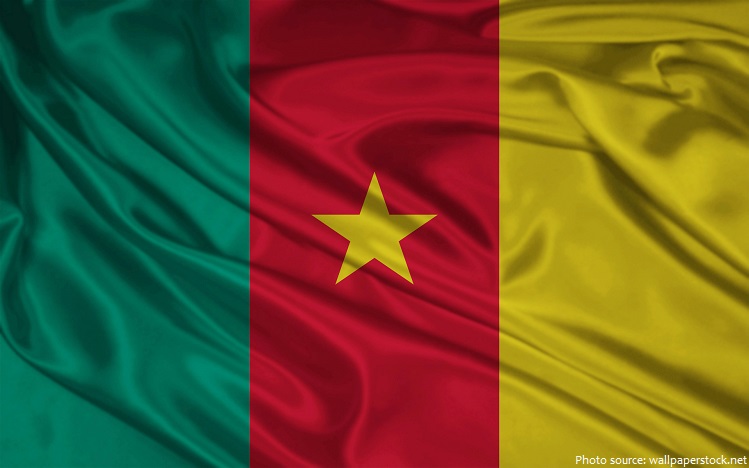

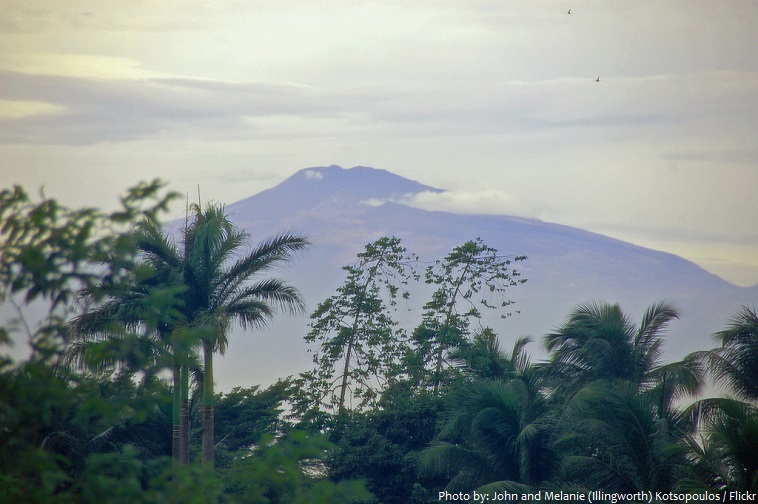
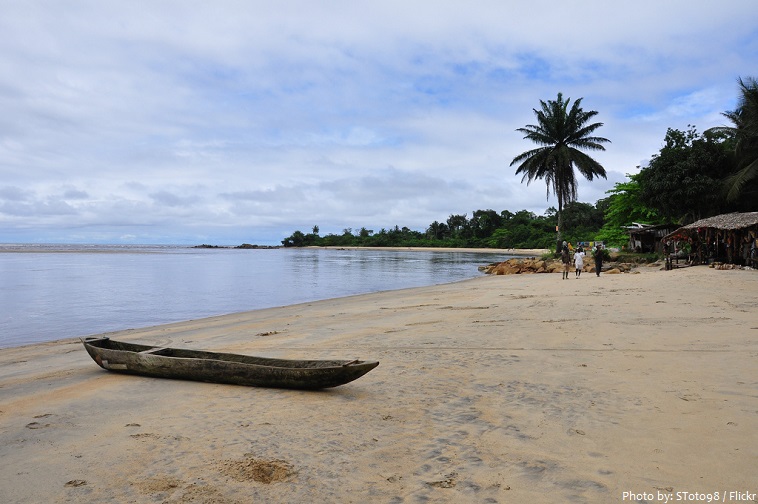
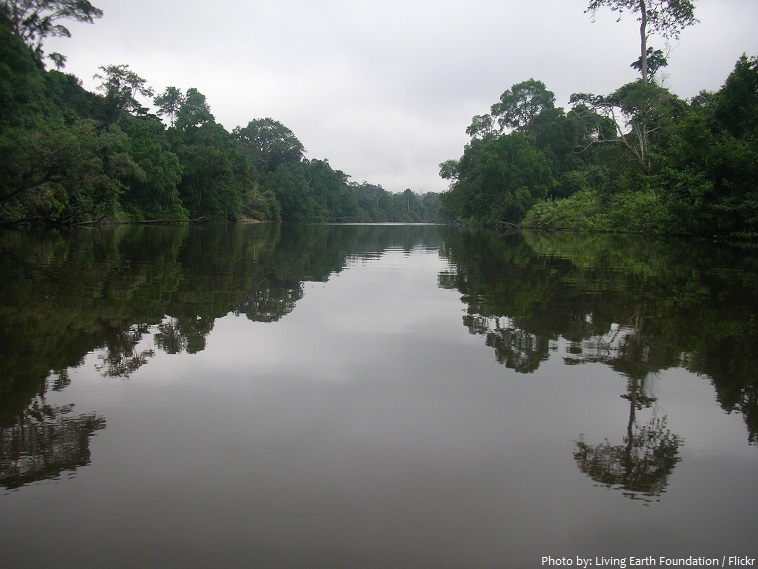
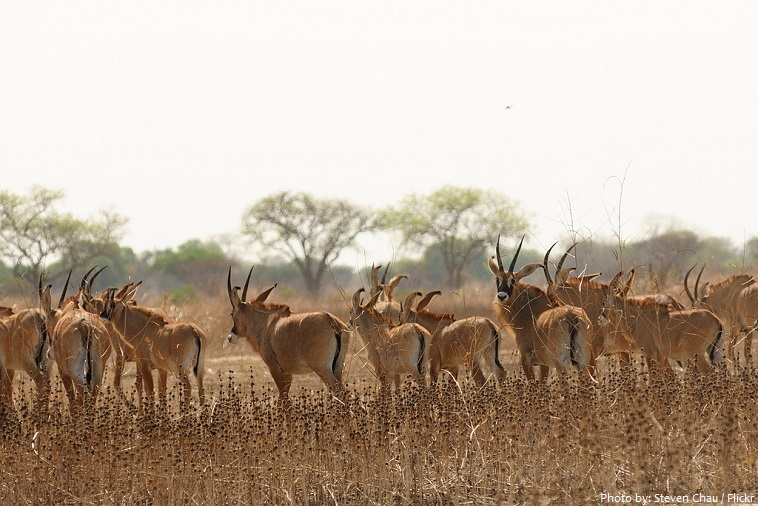
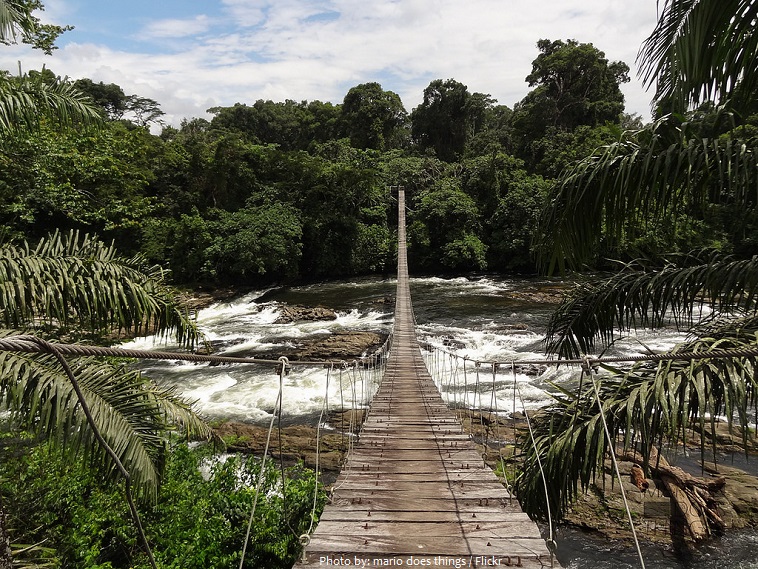

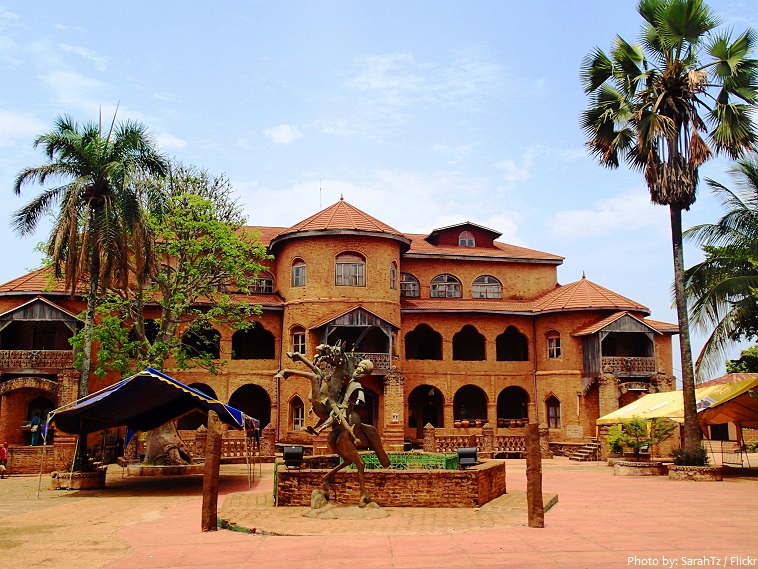

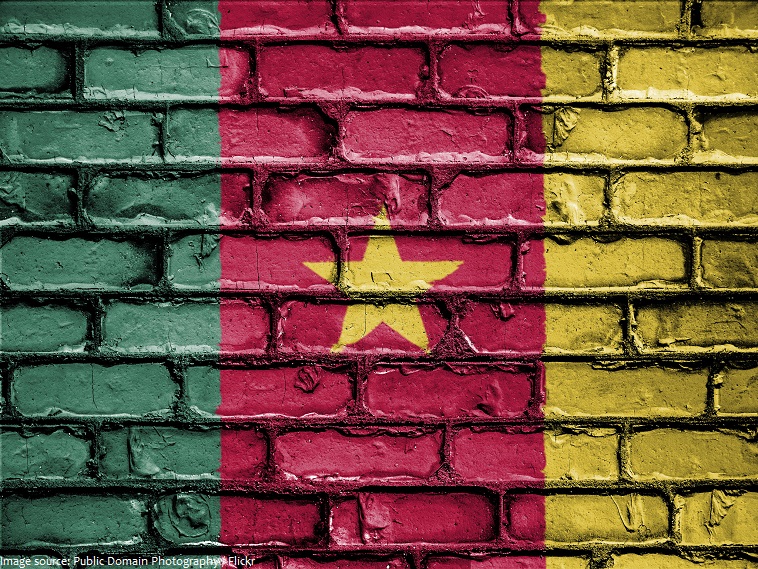
Comments are closed.